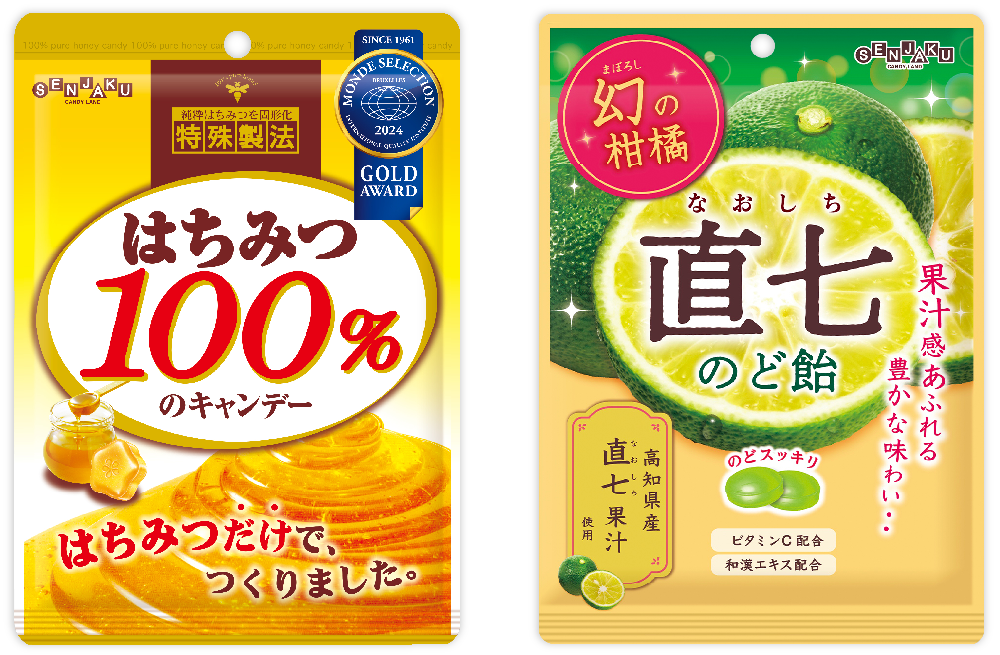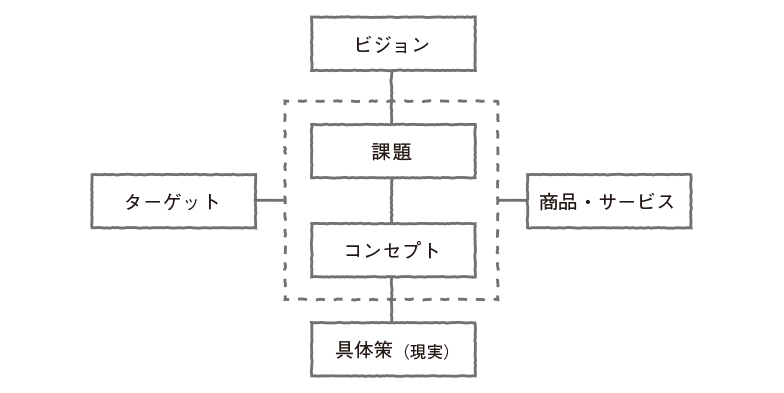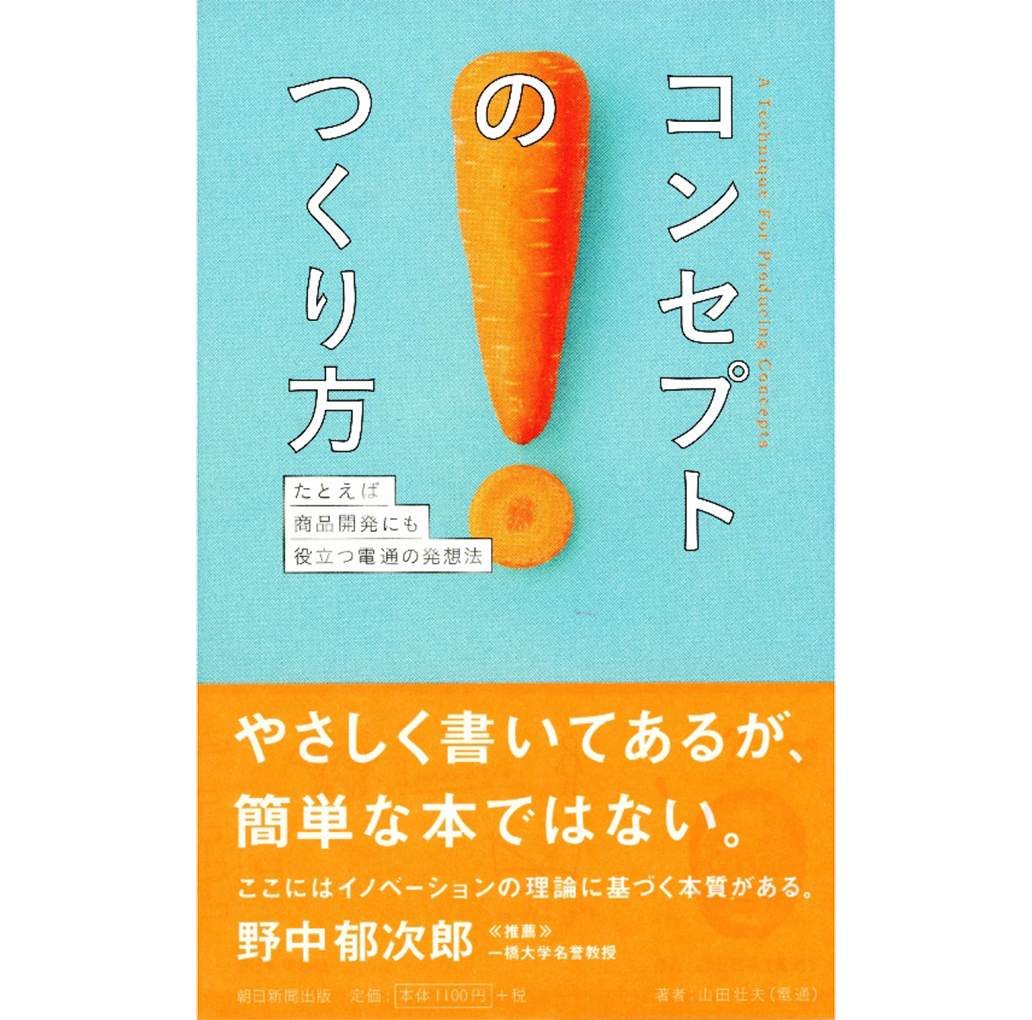Counting my time as a part-time lecturer at Keio University before this, I've now reached my 16th year teaching at universities (incidentally, this column is in its 12th year). I'm feeling a little nervous about what kind of students will gather in the Meiji Gakuin University classroom this spring.
The theme of my lectures has consistently been "Innovation and Creativity." I continue to explore the ability to create new value and move the world.
And the most crucial point in this process is to help them shed the constraints they've been trained in since birth (?) – the training to "say the right thing" and "not rock the boat." New perspectives that overturn common sense always start from "personal subjectivity." So, I strive to create an atmosphere where they can voice these ideas without fear, aiming for it to become second nature.
Every year, their growth is truly remarkable. Students who fidgeted during the first lecture last year wrote fascinating reports by the end of the spring semester six months later. ( Details here ) So, at the end of the academic year, I assigned students who completed the full course a theme: "Proposing a New Business Venture for Senjaku Ame Honpo."
Senjaku Ame Honpo is a 100-year-old confectionery manufacturer in Osaka. Its name originates from the kabuki actor Nakamura Senjaku II (later known as Sakata Tojuro IV). In recent years, it has gained recognition for hits like "100% Honey" and "Naoshi."
However, with the hard candy market shrinking, achieving significant future growth required ideas beyond existing extensions. Therefore, based on the Cross Frame method, students were asked to develop a plan that connects the target audience with products/services while realizing the company's unique identity (vision).
Additionally, we assigned the students a "team task" – they had to work in pairs.
The Uchiki-Ochi team proposed the concept of "High School Sports Support Groups." They identified the essence of Sensaku Ame Honpo in supporting the "serious competition" of kabuki actors on stage and expanded upon it. Their plan was to commercialize "support activities" for high school clubs struggling with funding (such as volleyball teams).
Meanwhile, the Hamada-Matsumoto (Noie) team focused on Osaka's "candy culture," where Sensaku Ame has its headquarters. They defined Sensaku Ame's essence as "providing enjoyable communication anytime, anywhere." Targeting "people who feel lonely while traveling alone," they proposed operating a "shared bookstore." Locals would curate a lineup of regionally specific books, creating conversation starters.
The Kawashima-Takahashi team focused on "Naoshichi," a product featuring rare fruits from Kochi. Recognizing Senjaku Ame's identity in its connection with earnest farmers who aren't necessarily business experts, they planned an "online shopping site where you can enjoy shopping with an SNS feel."
The Niwa and Aoki team, valuing Senjaku Ame's corporate philosophy of "Creating bonds of delicious smiles that spread from a single piece," conceived a "candy vending machine that sells individual pieces."
Meanwhile, the Horiuchi and Matsumoto (Ritsu) team started their product development with the target: "Gamers who don't want to eat because they want to play games, but whose concentration breaks when they get hungry."
Overall, they freely explored what defines Senjaku Candy, unbound by conventional constraints, yet still landed on feasible solutions. I applaud their efforts wholeheartedly. That said, honestly, compared to the spring semester projects developed individually, I can't help but feel... hmm, they could have gone one step further. There were several instances where the "seeds of ideas" and "individual perspectives" they discovered could have been leveraged more effectively within their teams.
All of this stems from the inherent difficulty of "creative dialogue." Precisely because last year's students were so capable (and fully aware of this difficulty), I assigned "teamwork." I'm sure it was a valuable experience for them too. As for why "dialogue" doesn't always flow smoothly, that's something we'll consider next time.
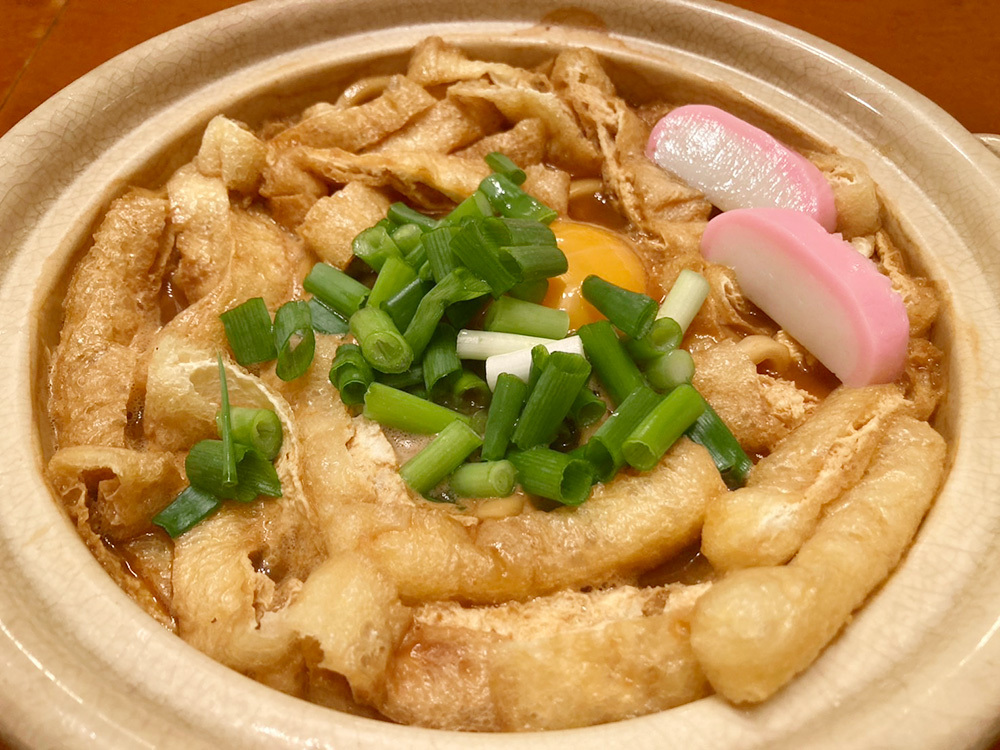
It's miso-simmered udon, though it's packed with fried tofu.
While it's an absolute fundamental principle that no gifts from students are necessary, when we've built a frank classroom atmosphere where we can say anything to each other, receiving "souvenirs from home" is, in its own way, deeply heartwarming – that's just human nature.
Sipping on piping hot "miso-simmered udon" brought all the way from Nagoya, reminiscing about the sweltering time spent with them—it's a rather happy moment.
Please, help yourself!
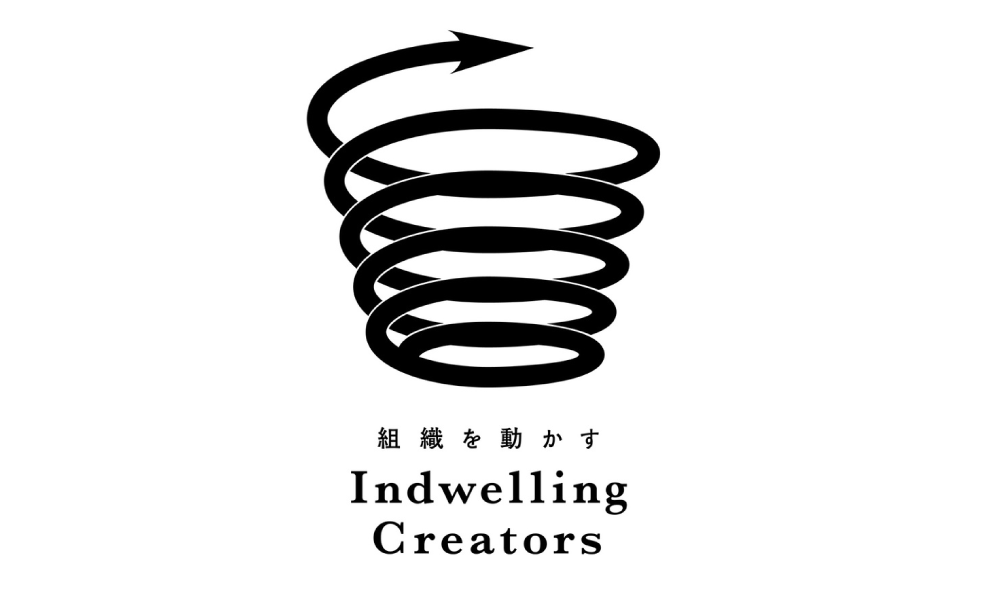
For more details on Sōo Yamada's "Indwelling Creators" initiative, click the logo.




